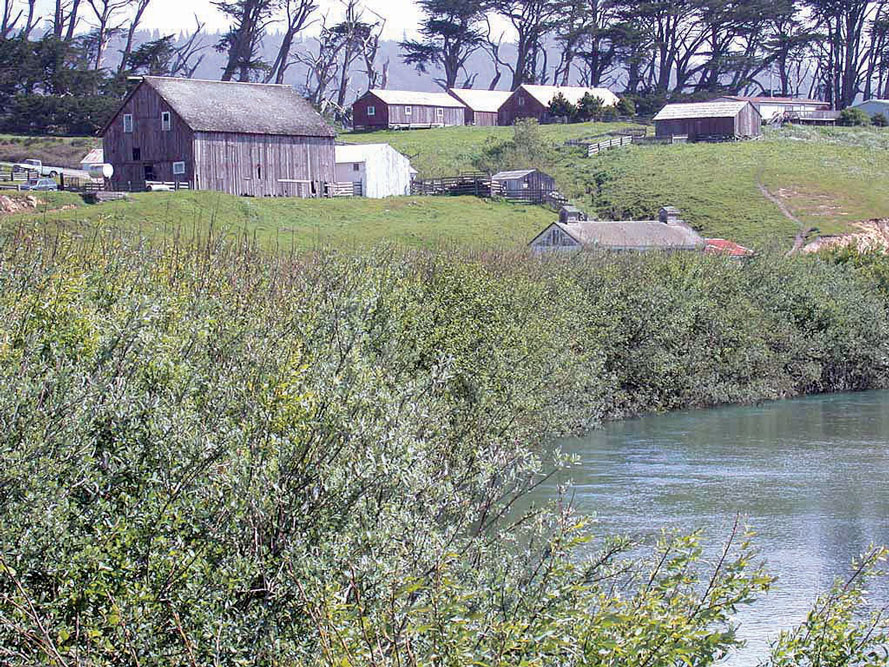Guest Column
Redwoods and Climate Change
Vulnerability, Resilience, and Hope in the World’s Tallest Trees By Marie E. Antoine and Stephen C. Sillett, Cal Poly Humboldt Coast redwood (Sequoia sempervirens) has a narrow and highly fragmented distribution along 460 miles of western North America. Although they occupy only a small land area, primary (unlogged, old-growth) redwood forests are globally renowned. Extreme…
Read MoreNorthern California Tribes and Agencies Plan for Tribal Land Return
Tribes Ask State to Update Policies and Join Fight for Unrecognized Tribes and Water Protection at LandBack Symposium Arcata, CA, from March 28, 2023 Press Release—Save California Salmon and Cal Poly Humboldt’s Native American Studies Department hosted the Northern California LandBack Symposium. This first-of-its-kind free event featured Tribal and State leaders, university representatives, foundations, NGOs,…
Read MoreLandmark “Private Forest Accord” Enacted for 10 Million Acres of Private Timberlands in Oregon
By Michael J. Furniss After many years of pitched battles between the timber industry and environmental groups in Oregon, an accord has been reached that thoroughly rewrites the forest practice rules for the private timberlands in the state. Forest practice regulation in Oregon had long been recognized as especially weak, and the Oregon Department of…
Read MoreFifteen Years and Counting: Time to Lift the Veil on Carbon Markets on the North Coast
By Gary Graham Hughes “I am not interested in learning where the money comes from, I don’t have time. I just need to focus on my work.” These words were spoken by a long-time forestry professional with extensive experience on the North Coast and throughout California when I asked about a perspective on the ramifications…
Read MoreThe Garcia: A River in Strong Recovery After a 30-Year Effort
By Craig Bell The strong recovery we are witnessing today in the Garcia River is thanks to a 30-year effort that began in 1991 when Mendocino County Supervisors approved the Garcia River Watershed Enhancement Plan (GRWEP, Caldon, Monschke, Higgins 1991). The GRWEP was the first watershed plan in the county (and maybe the state) that…
Read MoreThe Best Use of Biomass Isn’t Burning
By Wendy Ring While the COVID pandemic and the accompanying drop in greenhouse gas emissions had us temporarily focused on other problems, recent bouts of extreme weather are reminders that climate change has not gone away. Global carbon emissions are rebounding, with December 2020 levels exceeding those from December 2019, while decreased tax revenues from…
Read MoreSalmon Creek Grassland Reclamation Project Brings In Biodiversity
By Kyle Keegan, Fools Farm Over a two-year period, two $10,000 U.S. Fish & Wildlife Service grants were awarded to the Fool’s Farm in the Salmon Creek watershed, tributary of the South Fork Eel, to carry out local grassland reclamation. The project’s focus was to remove encroaching conifers on approximately 10 acres of historic grasslands.…
Read More




